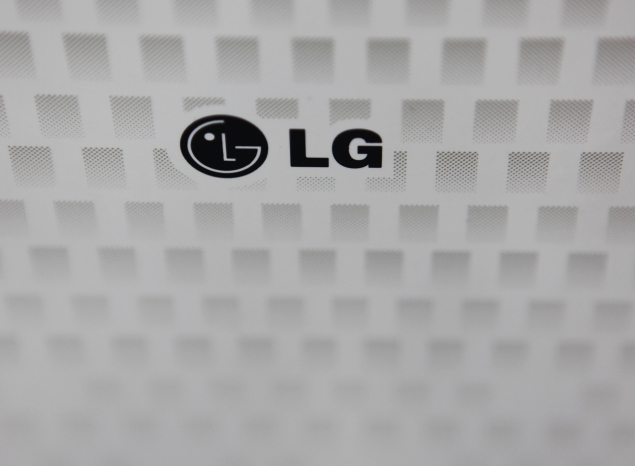LG starts taking pre-orders in South Korea for 55-inch OLED TV

LG and Samsung showcased 55-inch (140 cm) OLED TVs a year ago but, priced five times higher than liquid-crystal display (LCD) equivalents, they have yet to reach store shelves.
The technology is considered the future of consumer electronics displays and promises to change the way people use TVs, computers, tablets and smartphones.
OLED is more energy efficient and offers higher contrast images than LCD. It is so thin that future mobile devices will be unbreakable and will be able to be folded or rolled like paper.
LG, the world's No.2 TV manufacturer, said it would start delivery of the new TVs from early February, with plans to display them at 1,400 retail outlets in South Korea.
They would be launched in the U.S., Europe and other Asian markets during the first quarter of 2013.
The 55-inch model would sell for 1.1 million won nearly four times that of LG's LED-backlit LCD model and around five times that of more common LCD versions.
OLED displays are already used on Samsung's popular Galaxy S and Note smartphones.
But OLED panel makers such as LG Display and Samsung Display have yet to address manufacturing challenges to lower costs to compete against LCD panels.
© Thomson Reuters 2012
Get your daily dose of tech news, reviews, and insights, in under 80 characters on Gadgets 360 Turbo. Connect with fellow tech lovers on our Forum. Follow us on X, Facebook, WhatsApp, Threads and Google News for instant updates. Catch all the action on our YouTube channel.
Related Stories
- Samsung Galaxy Unpacked 2025
- ChatGPT
- Redmi Note 14 Pro+
- iPhone 16
- Apple Vision Pro
- Oneplus 12
- OnePlus Nord CE 3 Lite 5G
- iPhone 13
- Xiaomi 14 Pro
- Oppo Find N3
- Tecno Spark Go (2023)
- Realme V30
- Best Phones Under 25000
- Samsung Galaxy S24 Series
- Cryptocurrency
- iQoo 12
- Samsung Galaxy S24 Ultra
- Giottus
- Samsung Galaxy Z Flip 5
- Apple 'Scary Fast'
- Housefull 5
- GoPro Hero 12 Black Review
- Invincible Season 2
- JioGlass
- HD Ready TV
- Laptop Under 50000
- Smartwatch Under 10000
- Latest Mobile Phones
- Compare Phones
- Xiaomi 17 Ultra Leica Edition
- Xiaomi 17 Ultra
- Huawei Nova 15
- Huawei Nova 15 Pro
- Huawei Nova 15 Ultra
- OnePlus 15R
- Realme Narzo 90x 5G
- Realme Narzo 90 5G
- Asus ProArt P16
- MacBook Pro 14-inch (M5, 2025)
- OPPO Pad Air 5
- Huawei MatePad 11.5 (2026)
- Huawei Watch 10th Anniversary Edition
- OnePlus Watch Lite
- Acerpure Nitro Z Series 100-inch QLED TV
- Samsung 43 Inch LED Ultra HD (4K) Smart TV (UA43UE81AFULXL)
- Asus ROG Ally
- Nintendo Switch Lite
- Haier 1.6 Ton 5 Star Inverter Split AC (HSU19G-MZAID5BN-INV)
- Haier 1.6 Ton 5 Star Inverter Split AC (HSU19G-MZAIM5BN-INV)

















